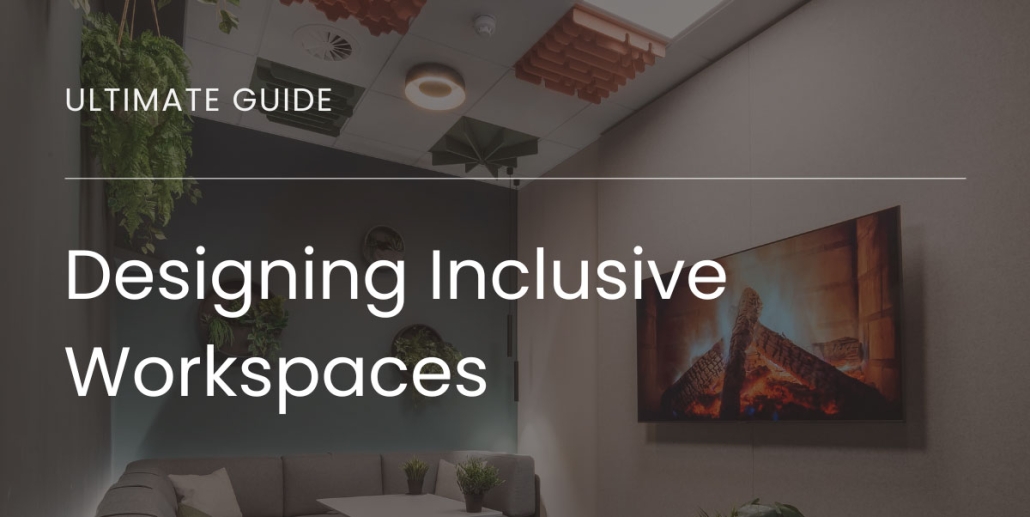Designing accessible and neurodiverse spaces
How can we create workspaces that offer the very best in accessible design, catering to the needs of the neurodiverse? How can we utilise space, colour, light and shape to support those disabilities, both seen and unseen? And what tips can you take into your own work environment that make your office an example of best practice?
Comfort, inclusion and support can all be boosted through considered, accessible creative choices, whether that’s during a total redesign process, a new office fit-out or just a regular refresh.
Recognise the neurodiversity journey
The best place to start is by getting to know neurodiversity, in all its variety. Because there’s no one example of a neurodiverse person! It all comes down to natural variation in human brain function, and no two brains are the same.
Some people may be diagnosed with autism or ADHD, with plenty of scope within both those conditions for different responses and engagements in the workplace. Others may have undiagnosed but no less impactful neurodiversity – with 1 in 7 of us identifying with the category. Dyslexia, Tourette’s and a whole host of other conditions all fall under the banner.
That means designers need to think flexibly. Getting a workspace right for a colleague with ADHD might involve lessening elements that could be overstimulating, like using flooring, furniture and fabrics to deaden noise. But another colleague with dyslexia may have specific requirements around technology, colour and light.
It’s a journey, always looking for ways to create a more accessible environment, and always learning from neurodivergent colleagues too.
Stop off at all sorts of places
Accepting that designing for neurodiversity is a journey means stopping off at plenty of places along the way – bringing variety and function to the workplace in ways that offer support and accessibility for a range of neurodiverse colleagues, present and future.
Given the impact of overstimulation for many neurodivergent people, starting with quiet spaces is a good idea. When it comes time to focus, areas where the noise of the office can be shut away, with soft fabrics, simple lines and low lighting could help some neurodivergent people thrive. Think about where these areas are placed too, because high traffic zones will naturally lead to conversations, questions and the natural hustle and bustle of the office.
At the other end of the spectrum, many of us could do with a little boost to our extroverted side when it comes to innovation, collaboration and ideation. So try and design spaces where thinking big, talking and questioning is encouraged. Including a variety of stimulating objects, colour and even play elements like Lego could help here. Anything to spark the imagination. Use furniture in a diverse way, with opportunities to stand, sit or move around the room creatively.
Use design to cue behaviour
One thing many neurodivergent people will tell you is that obvious cues as to the ‘right’ thing to do in a space are often really helpful. They can help lessen anxieties, remove choice paralysis and simplify the activity of the workplace.
You can use all sorts of design elements, from lighting and colour, to wayfinding, signage and room layout, to help explain to people exactly what’s expected in any given zone.
Quiet, focussed zones with low light and soft furnishings can be emphasised by simple signage – ‘Ssssssh’, for example. Areas that use home-style furnishings, like sofas, coffee tables and kitchen spaces, are obvious community zones for checking out of work and relaxing.
If you’d like a helping hand on your own neurodiversity design journey, our expert team can help. Our full service offering can help make your workspace a supportive, accessible place for all sorts of neurodiverse team members now, and in the future too.


